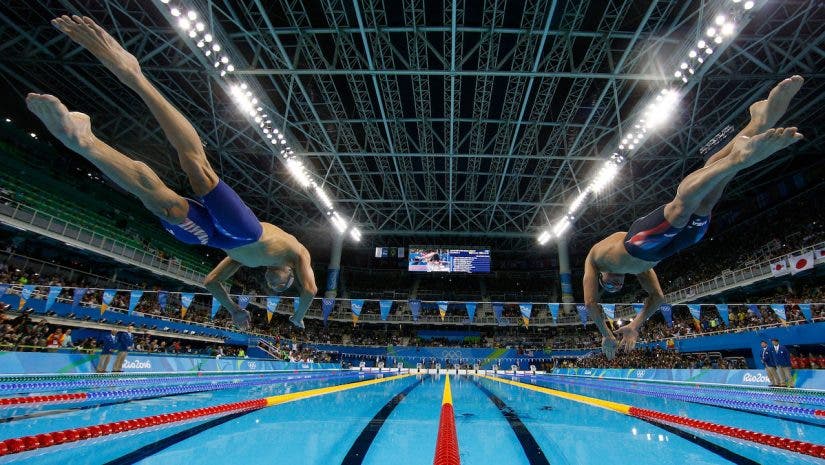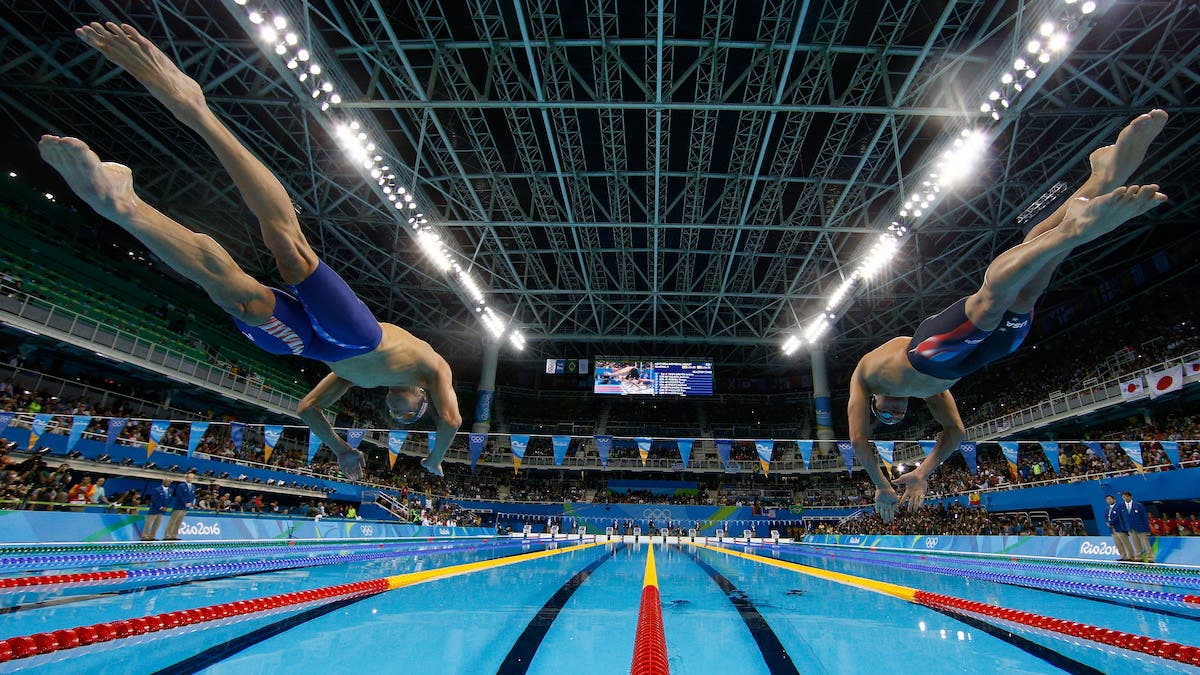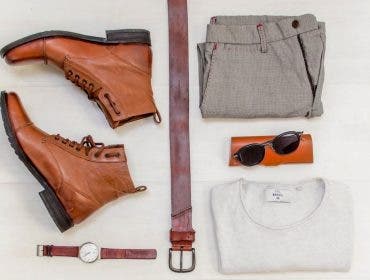I have been shooting swimming photography for the last three decades and I always feel I can learn something new each time out. But, to start, there are some things to know before you begin to photograph a swimming event.
I started shooting back in college by photographing my friends while playing sports. I knew then that photography was what I wanted to do. After college, I got a job as a dark room manager for a publishing company that published boxing and wrestling magazines called The Ring and Pro Wrestling Illustrated. Today, I continue to photograph swimming (and other sports) for Getty Images. In this article, I’ll be sharing everything I’ve learned during my time shooting swimming photography.
Angles and Positions for Swimming Photography
The first position to consider is the side of the pool by the finish line. It is good for winner and loser reactions after the race. When a close race is finished, it helps to look at the scoreboard before the swimmers turn around and look for themselves to see if they won. This way, you’ll know which lane won so you can get their reaction after the race.
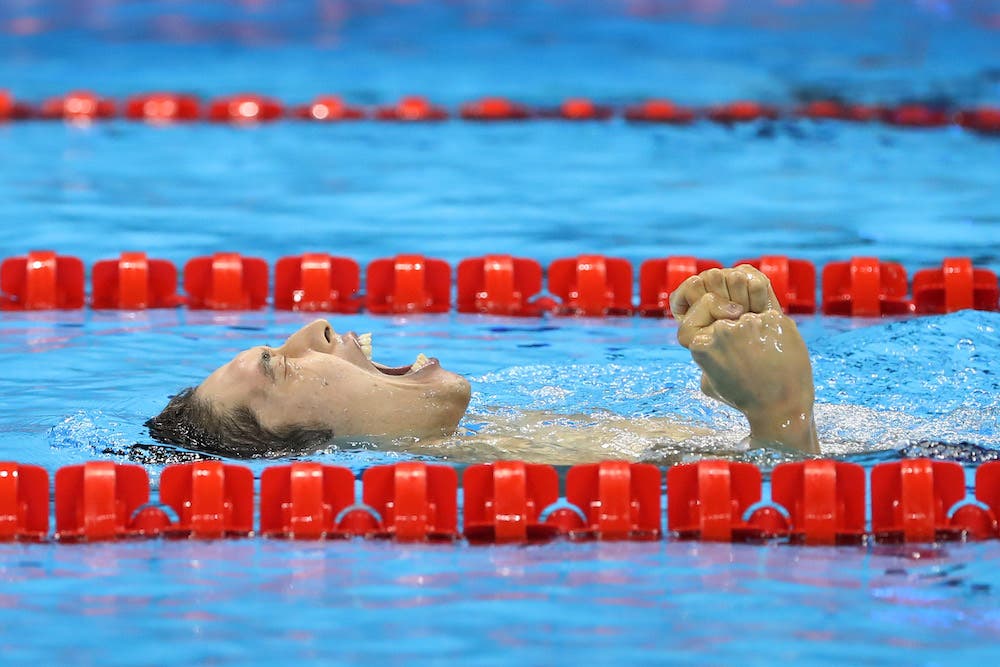
From the Side
I also fire my underwater camera from this position. The camera in the pool is poised within 15 meters from the starting line and we move the camera around before start time depending on what race is happening that day.
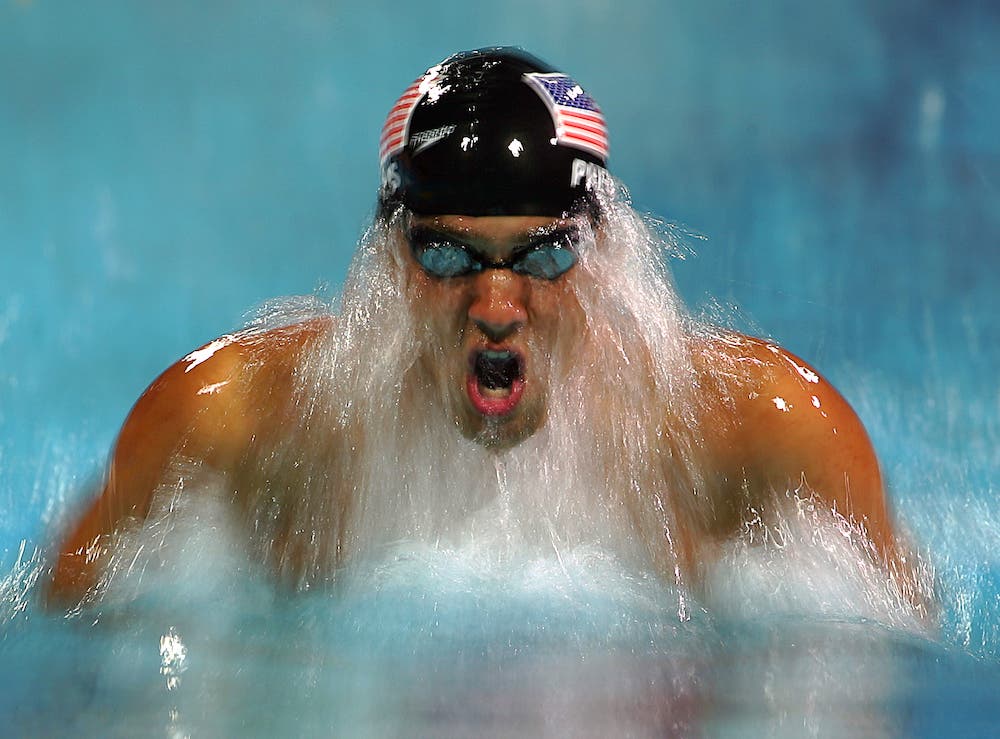
Turning Lane
You can also shoot the swimmers coming directly at you from the turning lane. If you do this, be sure to establish with the lane judges which side of the turning lane they will stand so they aren’t in your way. You can shoot different strokes from this position. The butterfly and breaststroke allow you to see the swimmer’s face. The backstroke going away from you is good too, especially when they make their turn and blow bubbles as they break the surface.
In the Stands
You can also work from up in the stands. This is a clean angle to work with and allows you to shoot many different lenses and looks from above. You can use the lane ropes in your photo. Or can shoot starts from up in the stands. You can get a different look of the finish line and head-on shots from the turning lane as well.
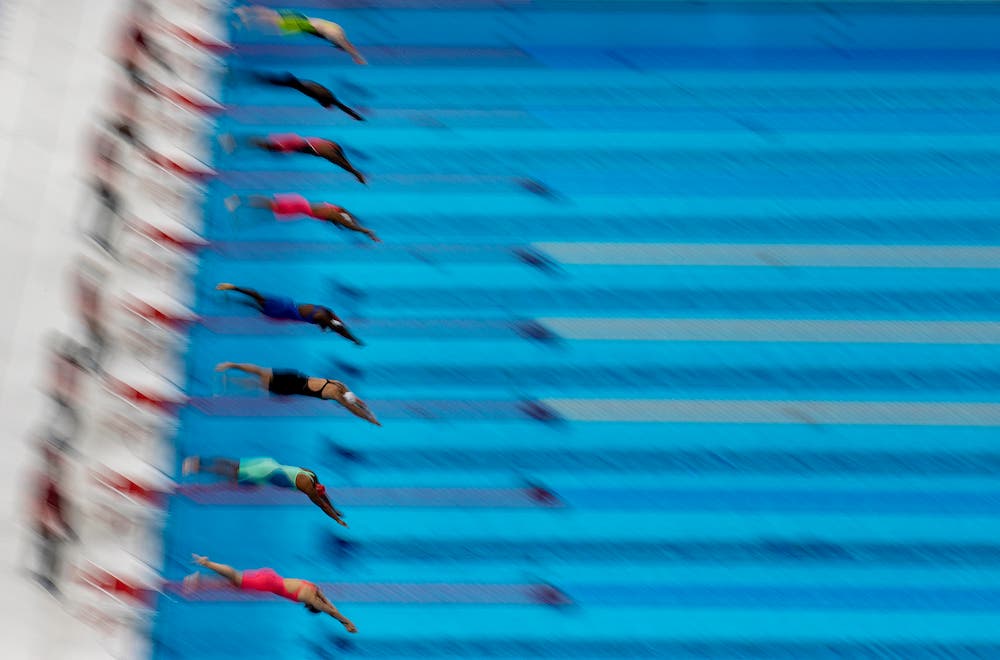
On the Catwalk
Sometimes we are allowed to go into the stadium’s catwalks to shoot. A stadium’s catwalk is an elevated service platform that serves technical functions for the stadium and is usually directly above the pool. Since you are now directly overhead, this is a unique angle to shoot. You can use the lines of the lane markers and incorporate different swimmers and focal lengths to use in your lens selection. You must be careful though. Make sure there is nothing on you that can fall like glasses or your lens hood. Make sure your cameras are securely strapped on your body. If a lens and body fall from the roof, it can be very dangerous to the fans and swimmers below.
Remote Cameras
You can also place remote cameras around the starting blocks. One option is to place the camera off to the side of the starting blocks. This allows you to capture the swimmers diving in from the start.
Another option can be to place the cameras inside the starting block. This allows you to get a unique angle of the swimmers starting a race from a backstroke position, or swimming during the face.
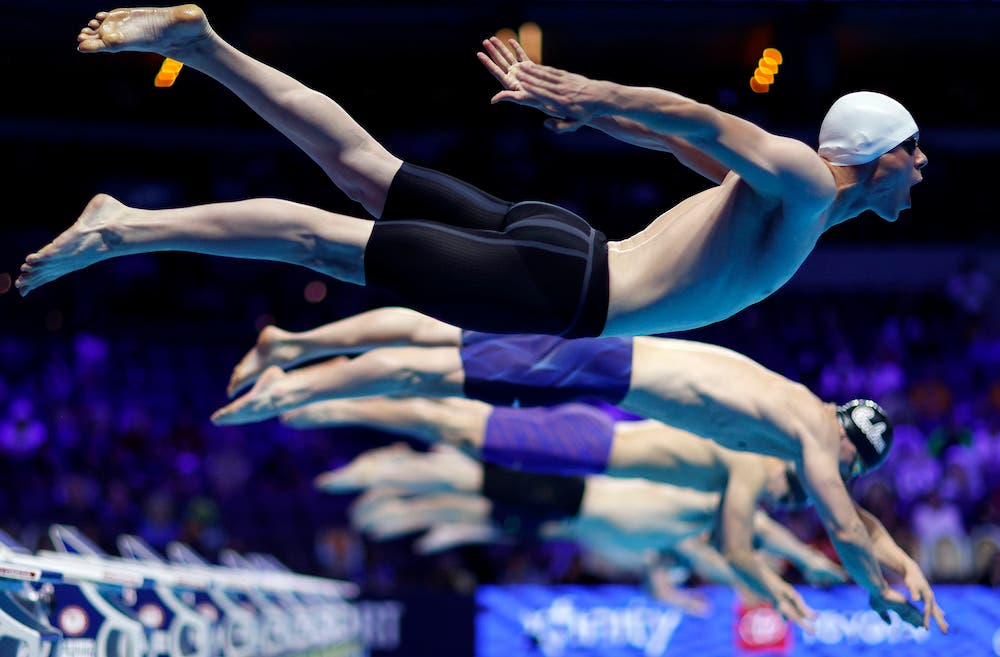
Moving Around
There is also a moving pool deck position you can work from. This is exactly what it sounds like. You can move up and down the pool from the side of the start line to the head-on position. It is a position that is very physically taxing in that you are constantly moving from your knees to your feet and moving up and down the pool for the whole session including shooting medal ceremonies. This is the position where you can work many different angles of the pool.
There are many things to look for when you are shooting these positions. The main thing is to understand each stroke and the swimmers that are in the race. Each swimmer has little nuances in their respective styles of swimming. You are constantly searching for how and when the swimmers’ heads break the surface of the water. This is where you can get “bubble pictures” as the heads of the swimmers form a bubble as they emerge from the water.
Some swimmers generate a certain splash as they take their first stroke. You need to look at the swimmer in practices and in the heats before the final races.
Consider the Location
It also depends on if you are shooting outdoors or indoors. If you are outdoors and the sun is out, the pool becomes your lighting studio. I love working the light as it moves across the pool. There are times when you can shoot backlit and front-lit, and when the sun is setting and shadows come across the pool.
If you are indoors, it depends on the facility and how the television crew lights up the arena. Sometimes there is a strong dramatic stage-light style. Sometimes, if allowed, I use arena strobe lighting and place strobe lights in the ceilings of an arena and use flashes to light the pool. Other times, it is very flat lighting, and you have to do the best you can.
Best Gear for Swimming Photography
I pack a lot of gear when preparing to photograph a swimming event like the Olympics or a FINA World Championships. The lenses and camera bodies I use as handheld equipment are the following:
I use a Canon RF600mm f/4 L IS USM Lens with Canon EOS R3 Mirrorless Camera Body. This is often supported by my Gitzo monopod. I then have another R3 body with a Canon EF 70-200mm f/2.8L IS III USM Lens.
Oftentimes, I also have a Canon EF 16-35mm f/2.8L III USM Lens with a
Canon EOS 1DX Mark III DSLR Body. If I’m expecting to have the ability to use a remote, I’ll bring a Canon EOS R5 Mirrorless Digital Camera Body and wide-angle lens, like a 14mm or 8-15mm fisheye lens.
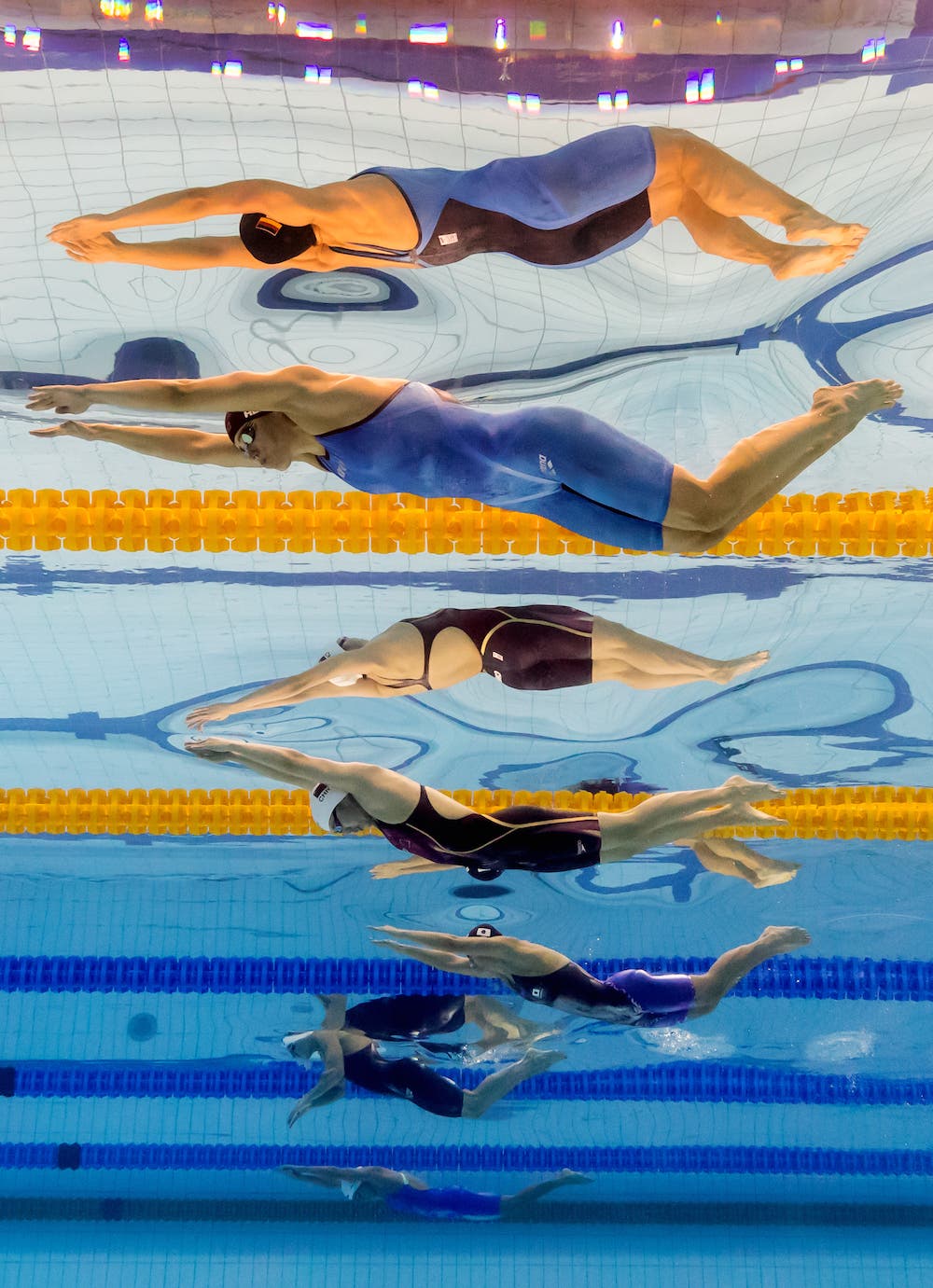
I also use a tethered underwater camera housing system that is placed at the bottom of the pool. I operate this outside the pool at the finish line via joystick and computer. The camera body and lens that is installed is a Canon EOS 1DX Mark III DSLR Body and Canon lenses ranging from 11-22mm f/4 , 16-35mm F/2.8, or a 24-70mm F 2.8 depending on the races that day.
Camera Settings for Swimming Photography
My camera settings vary depending on the pool lighting, location, and the types of races. If I am trying to stop the action, I use 1/2000th shutter speed, wide-open aperture, and the lowest ISO I can get away with. If I am working on a pan, I will shoot around 1/15th sec and, again, with as low ISO as I can.
Tips for Shooting Swimming Photography
Know About Swimming
You must understand the sport you are shooting. Watch YouTube videos of swim meets.
Understand the strokes. There are 4 strokes: freestyle, backstroke, breaststroke, and butterfly. Each stroke has its advantages and disadvantages when photographing, but it is up to you to figure out what works best for you.
Experiment with Angles and Lighting
Get the basics down first. Then, try to shoot the swimmers going back and forth and experiment with shooting the swimmers as they emerge from the water. Try some slow speed pans and use the light that is presented to you to your advantage. Also, most importantly, have fun with it. You can get as creative as you like with swimming photography.
